iPhones with Face ID all retail for at least $999, which many still believe is just too much for a smartphone. But that's okay, because Apple just introduced the iPhone 11 for roughly $700. It's not necessarily the best value, though, because the iPhone 11 already has some stiff competition in this price range.
Last year's version of the iPhone 11 was called the iPhone XR. This model accounted for 38% of all US iPhone sales in Q1 2019. By contrast, the more expensive iPhone XS and XS Max combined for 21%. But there's more competition this year. While there have always been high-end Android phones for less than $800, this is one of the first times Samsung has joined the fray.
Jump to a phone: iPhone 11 | OnePlus 7 Pro | Galaxy S10e | ZenFone 6 | Axon 10 Pro
Comparison Chart

Why You Should Choose the iPhone 11
The main reasons to choose the iPhone 11 are the SoC and operating system. The 11 has the best system-on-a-chip on any mobile device, the A13 Bionic. According to most benchmarks, the A13 outperforms the Snapdragon 855 (the SoC in the other phones on our list). It also consumes less power thanks to its 7 nm process and its deep integration into iOS 13.
Then there's iOS 13. This is a considerable update for iPhones users, bringing features such as a system-wide dark mode, support for Xbox One and PS4 controllers, and more. In all, there are over 200 new changes to the operating system.
The biggest advantage of this is that the iPhone 11 will run this version right out of the box. Unlike the other phones, it will not have to wait for the latest version of its operating system. And when iOS 14 comes out, it will get it on day one as well.
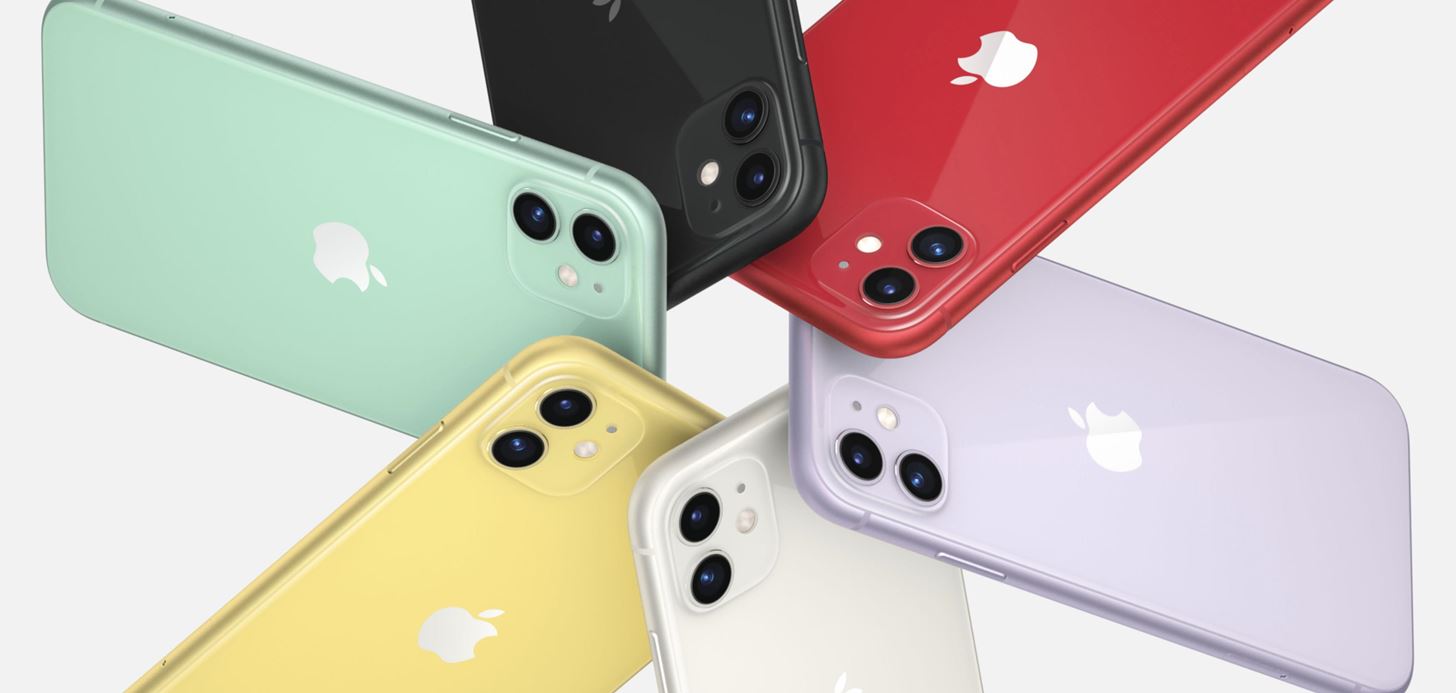
Except for Samsung's Galaxy S10e, you won't find a phone at this price point with Wi-Fi 6 support, which is the latest version of the Wi-Fi standard. It's nearly three times faster than the current Wi-Fi 5 (802.11ac), can handle more devices at once, and is more secure. While you do need a Wi-Fi 6 router, this technology does future-proof your phone.
While this is the only phone on this list with an LCD display, for most users, it's not all bad compared to OLED. The LCD panel, combined with the lower resolution, results in amazing battery life. The iPhone XR had superb battery life despite having a relatively small battery, and the 11 will be no different.
Why You Should Choose the OnePlus 7 Pro
You'd choose the OnePlus 7 Pro because it has the best combination of parts and price out of all the phones on our list. At $80 less than the iPhone 11, it offers a larger display, more RAM, a better screen (AMOLED), a larger battery, the best fast charging technology, and the highest resolution.
The OnePlus 7 Pro starts at $669.00. If you max out its specs, its price matches the Galaxy S10e at $749. What do you get for that price? 12 GB of RAM and 256 GB of storage. That is four times the RAM of the iPhone 11 and four times the internal storage.

Then there is the display. At 6.67 inches, the OnePlus 7 Pro has the largest screen on our list. It's the only 1440p display, giving it a whopping 516 ppi pixel density, which translates to a display that's roughly 25% sharper than the next nearest phone on this list. This is also a high refresh display at 90 Hz, meaning the screen can produce up to 90 frames per second. It is also an AMOLED, given an A+ rating by DisplayMate, so picture quality is top-notch.

For cameras, there are three available on the rear. The primary is 48 MP but thanks to the Quad-Bayer sensor, every four pixels can be combined into one. This results is a lower resolution (12 megapixels) with a larger pixel size for better low-light performance and overall image quality. The telephoto lens provides 3x lossless zoom, usually reserved for cameras at a higher price point.

As for charging, while it doesn't support wireless charging like the iPhone 11, it does support the highest output on wired charging at 30 W. Known as Warp Charge 30, it can charge the OnePlus 7 Pro from 0% to 60% in about 30 minutes. And everything you need is in the box, unlike the iPhone 11. Also, it's the only phone on our list to support dual-frequency GPS, which means it's harder for your phone to lose you and tracking is even more precise.
Why You Should Choose the Galaxy S10e
You choose the Samsung Galaxy S10e if you are team Samsung and want great value. The Galaxy S10e is slightly downgraded version of the Galaxy S10, which is one of the best Galaxy S series phones in years. While it isn't the best phone on our list, it does offer the best value of all of the Samsung flagship devices and is a strong competitor against the iPhone 11.
For one, the entry model starts at 128 GB. This is shared by all the Android phones on our list and gives it a huge advantage over the iPhone 11. For the same price as an iPhone 11 with 128 GB of storage, you can get Galaxy S10e with 128 GB and a 256 GB microSD card for a total of 384 GB.

The S10e still has a headphone jack, so all those wired earbuds you have laying around can be put to use. Like the iPhone 11, it supports wireless charging, but it also has reverse wireless charging. So if you do decide to go fully wireless, you can charge your Galaxy Buds using your phone.
Speaking of charging, the Galaxy S10e supports fast charging via the Adaptive Fast Charging. This is a 15 W fast charging system (not the fastest), and the power brick is included in the box. Apple users need to buy a USB-C PD power adapter to take advantage of fast charging.

Finally, the Galaxy S10e has one of the best displays one the market. Its Dynamic AMOLED has a higher pixel density, a higher resolution, and better picture quality than the iPhone 11. And it's only 5.8 inches, making it perfect for those looking for a smaller phone (the Galaxy S10e is easily the smallest phone on our list). And the icing on the cake, no notch and no curved display (unlike the Galaxy S10 and S10+).
Why You Should Choose the ZenFone 6
While ASUS isn't the most popular brand , they have been making excellent phones at really low prices in recent years. Last year's ASUS ZenFone 5z was one of the lowest-priced flagships, beating the likes of the OnePlus 6 and 6T. This year is no different with the ZenFone 6, which offers similar performance to the iPhone 11, but around $200 cheaper.
You pick the ZenFone 6 if you love to take selfies. That's because ASUS allows you to use the rear cameras for selfies. Using a motorized flip up module, the rear cameras can move from the rear of the phone to the front for top-quality photos and videos. Whether taking photos at objects or selfies, with the ZenFone 6, you will be using the same two cameras: a 48 MP primary and 13 MP ultra-wide lens.

Another reason to choose the ZenFone 6 is its combination of a 1080p display and a 5,000 mAh battery, the latter being the largest on our list. 1080p offers the best combination of resolution and battery consumption, as it matches most video output on the web while not consuming as much battery as 1440p and higher. The display is also larger than iPhone 11 at 6.4 inches, and like the rest of the Android phones on our list, it uses an AMOLED panel (unlike the LCD on iPhone 11).

Finally, you are choosing the ASUS ZenFone 6 because of its price to performance ratio. Think about it: it offers anywhere from 64 GB to 256 GB of storage, 6 or 8 GB of RAM, has microSD support, and a headphone jack ... and it starts at $499. Even the maxed out version is cheaper than iPhone 11 at $599. It's hard to get better value than with the ASUS ZenFone 6.
Why You Should Choose the Axon 10 Pro
The ZTE Axon 10 Pro is another "excellent value at its price" phone. It has the second-lowest price of all the phones on our list and offers legit flagship specs. What's even better is that unlike the other lower price options, they still managed to include wireless charging.

The Axon 10 Pro has a respectable 4,000 mAh battery. This is paired with a 2340 x 1080 display, so battery life is fantastic. It supports Quick Charge 4+ with an 18 W charger in the box. However, if you buy a third-party USB Power Delivery adapter, you can charge up to 27 W. And the Axon 10 Pro is among the few phones that have wireless charging at this price.
Then there are the triple cameras. The OnePlus 7 Pro is the only other phone on our list that offers three rear cameras. The Axon 10 Pro is arranged similarly to the 7 Pro, providing both telephoto and ultra-wide lenses for flexibility. What's unique about the Axon 10 Pro is that it offers 3x optical zoom and 20x digital zoom. We're not huge fans of digital zoom, but it does have its place, and having 20x will let you see things up close you could never have seen before.

Finally, there's the stellar price. While it starts at a higher price than the ASUS ZenFone 6 (still lower than the iPhone 11), it has 2 GB more of RAM and four times the storage. And if you max out both phones, they are both priced the same despite the ZTE Axon 10 Pro having 4 GB more RAM. Again, this is value the iPhone 11 can't match even though it's already a great offer.
Just updated your iPhone? You'll find new emoji, enhanced security, podcast transcripts, Apple Cash virtual numbers, and other useful features. There are even new additions hidden within Safari. Find out what's new and changed on your iPhone with the iOS 17.4 update.
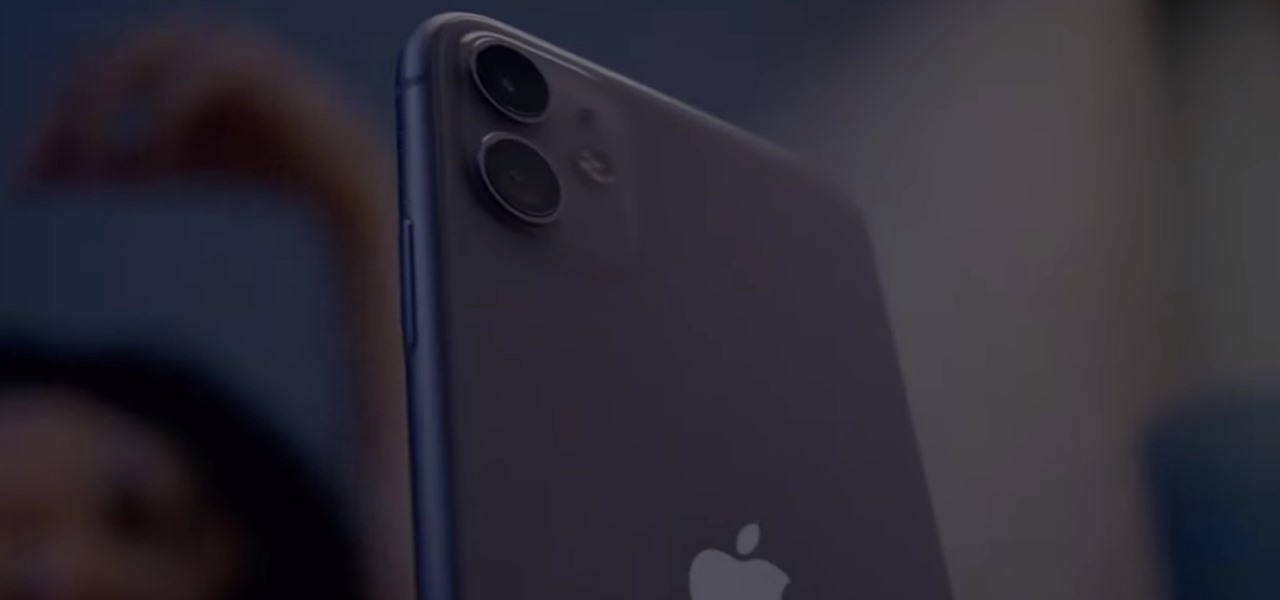







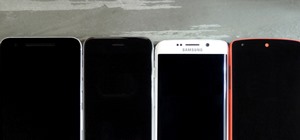
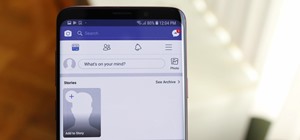


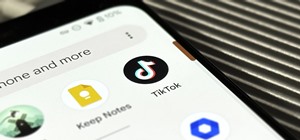
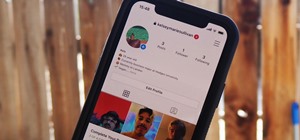
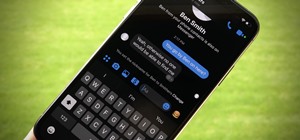

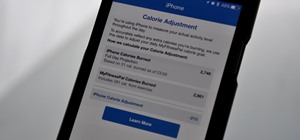

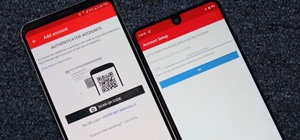
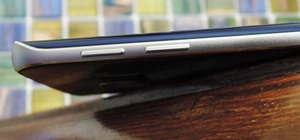

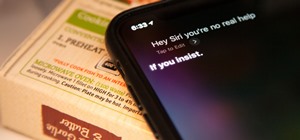
Be the First to Comment
Share Your Thoughts